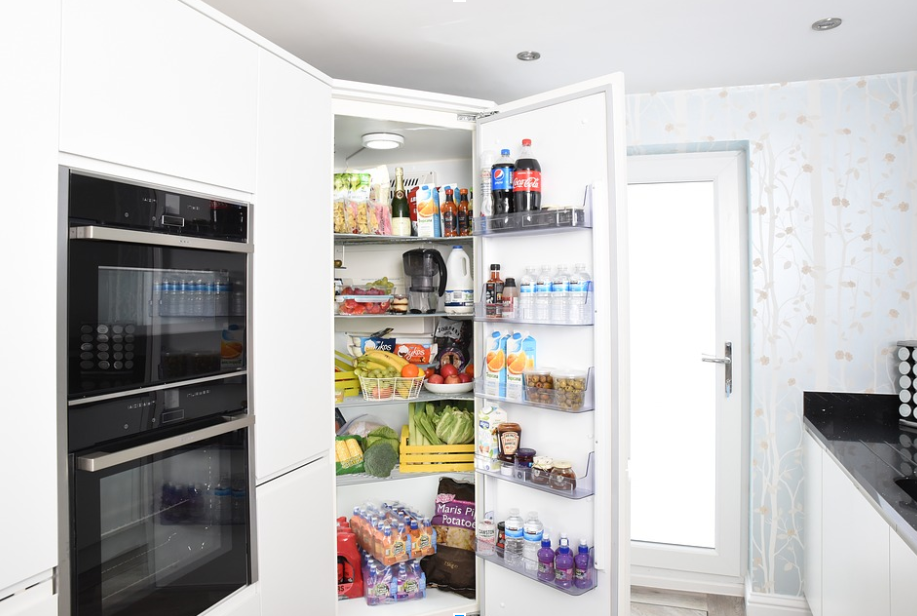
Refrigerators are part of our kitchen appliances that help us preserve our food. A “ref” serves as a storage to make sure that unconsumed foods extend their shelf lives so that they are still edible for a specified period.
Although fridges work and run dependably, they may break down. If these machines do break down, food will spoil in a hurry. When power controls, coolers, condenser coils get abused, refrigerators may not function when not used properly.
When you feel that your fridge has a problem and isn’t that cool the first time you bought it, you need to check for anything out of the ordinary. Before calling an expert, take a look on the steps listed below on how to handle simple fridge troubleshooting steps so it may extend its lifespan.
Check if the refrigerator section is cooled.
One main reason why your fridge isn’t working or cooling is that it may run out. Some causes as to why your refrigerator is running but can’t do its job is that the condenser coils require cleaning, the door is left open frequently, or something is blocking the flow of cold air.
In this case, you may check if there’s frost forming on the frost-free section even if the control is set to low. If this happens, it means that your refrigerant is on a full charge, but its thermostat is out of calibration.
You can control the temperature by putting it to the highest level. Also, if the frost is still formulating for several hours is a frost free area, then you need an expert for repairs.
Adjusting Temperature Controls
The temperature control serves as a tool that adjusts the cold and warmth inside the fridge. Make sure that the frigidity is not turned way down because it can affect your fridge temperature. The increase in warmth also increases the rate of which food spoils.
Do make sure that the vents and the freezer compartments are not blocked by any food containers so that there is a steady flow of cold air inside. If you still notice that the temperature isn’t changing, it may be a sign of circuitry going haywire. If this situation happens, then it’s wise to call a repairman.
Check the Condenser Coils
When the condenser coils aren’t working, then it’s a sign that it’s dirty or there’s something broken inside. If this situation happens, in under no circumstance should you try to open the fridge by yourself. Try calling a repairman for the repairs. Observing your refrigerator is more than enough help for the repairman.
Check the Drain Tubes
The drain tube is located near or under the evaporator coils. The drain tube should be unplugged. In most cases, if you plug the drain tubes, the water leaks into the compartment or it can directly leak onto the floor.
A repairman should always check the drain tube for you. Do not try to open the panel as you can unknowingly cause even more damage to the circuitry inside the refrigerator.
Have it repaired for a few days.
Once you have successfully incorporated all the necessary troubleshooting steps and your fridge still runs too much, then it would probably be the best time to let your refrigerator rest for awhile. Do not try any DIY methods when fixing your fridge as you can only add more to the damage.
Takeaway
Generally, refrigerators have a long lifespan. They even can sustain coldness and preserved food for an extended period regardless if it’s full or not. Equipment and materials used are highly capable of maintaining its durability.
In case you have problems with your fridge, and you need help, you may consider the troubleshooting tips listed above or find repair expert websites online such as mqapplianceservices.ca. On the contrary, without proper care and maintenance, your fridge will run out and may shorten its lifespan.

